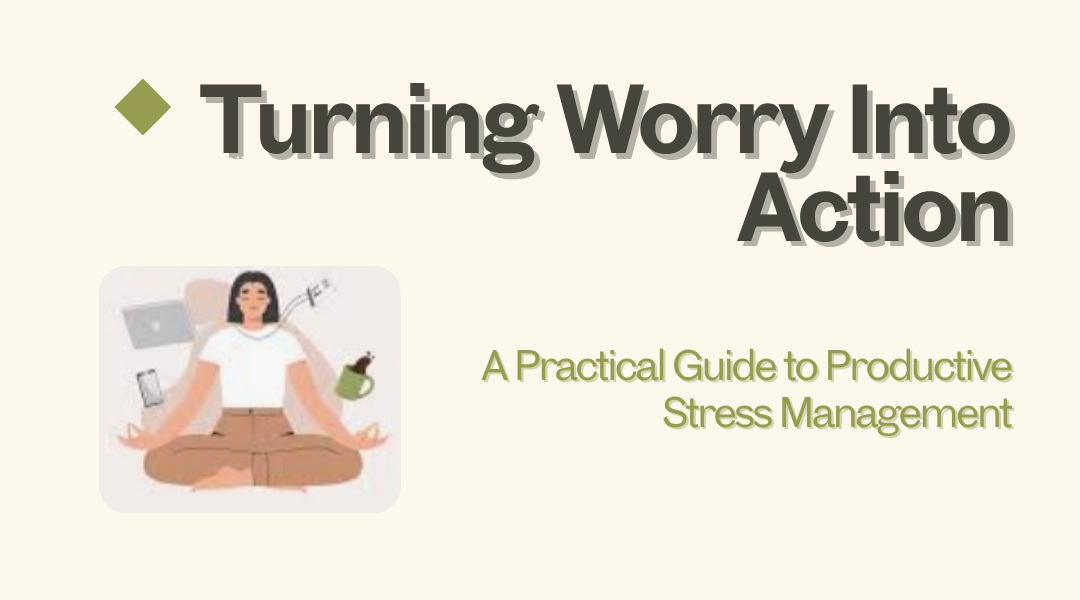That moment when anxiety hits like a wave, leaving us paralyzed with overthinking. Your heart races, your mind spirals, and suddenly, even small tasks feel overwhelming. But what if I told you that nervous energy could actually become your secret weapon?
1. Pinpoint the Real Problem
Anxiety often makes situations feel bigger than they are. The first step is cutting through the mental fog to identify what’s actually bothering you.
Example:
Instead of: “Everything at work is falling apart!”
Try: “I’m stressed because the client wants last-minute changes, and I’m not sure how to adjust the timeline.”
How to do it:
- Pause and ask: “What’s the specific issue here?”
- Write it down in one clear sentence.
2. Brainstorm Every Possible Solution (Yes, Even the Silly Ones)
When we’re anxious, our brains fixate on worst-case scenarios. Counter this by listing all possible ways to handle the problem—no filtering.
Example: If you’re dreading a tough conversation with your boss about workload, options might include:
- Requesting a meeting to discuss priorities
- Suggesting a temporary deadline extension
- Delegating part of the project to a teammate
- (Wildcard) Quitting your job and moving to Bali (hey, no judgment—just get it out of your system!)
Why this works: Seeing multiple options reminds you that you’re not trapped.
3. Pick One Path and Break It Into Tiny Steps
Action kills anxiety. Once you’ve chosen the best approach, map out the exact moves you’ll make.
Example: You decide to talk to your boss. Your plan:
- Draft bullet points of what to say (stick to facts, not fears).
- Send a calendar invite: “Can we chat Thursday about adjusting priorities?”
- Practice the conversation with a friend beforehand.
Real-life win: My friend Priya, a project manager, used this method when a teammate kept missing deadlines. Instead of fuming silently, she:
- Named the issue: “Delays are risking our timeline.”
- Brainstormed fixes: “Offer help? Set clearer deadlines? Escalate to HR?”
- Chose action: “I’ll schedule a check-in to problem-solve together.”
Result? The teammate admitted they were overwhelmed, and they redistributed tasks—no drama needed.
4. Move Before You Feel “Ready”
Anxiety loves to whisper, “Wait until you’re less nervous.” But momentum builds through action, not before it.
Try this:
- Set a 5-minute timer. Use it to start Step 1 (e.g., drafting an email or making one phone call).
- Notice how taking any step shrinks the fear.
5. When All Else Fails, Redirect the Energy
Sometimes, you can’t solve the problem immediately—but you can channel the stress elsewhere.
Examples:
- Stuck overthinking a fight with your partner? Go for a run first, then revisit the conversation.
- Panicking about finances? Organize your desk. Physical order creates mental clarity.
Key Takeaway:
Anxiety isn’t your enemy—it’s a signal that something matters to you. By turning it into structured action, you transform frantic energy into forward motion.
